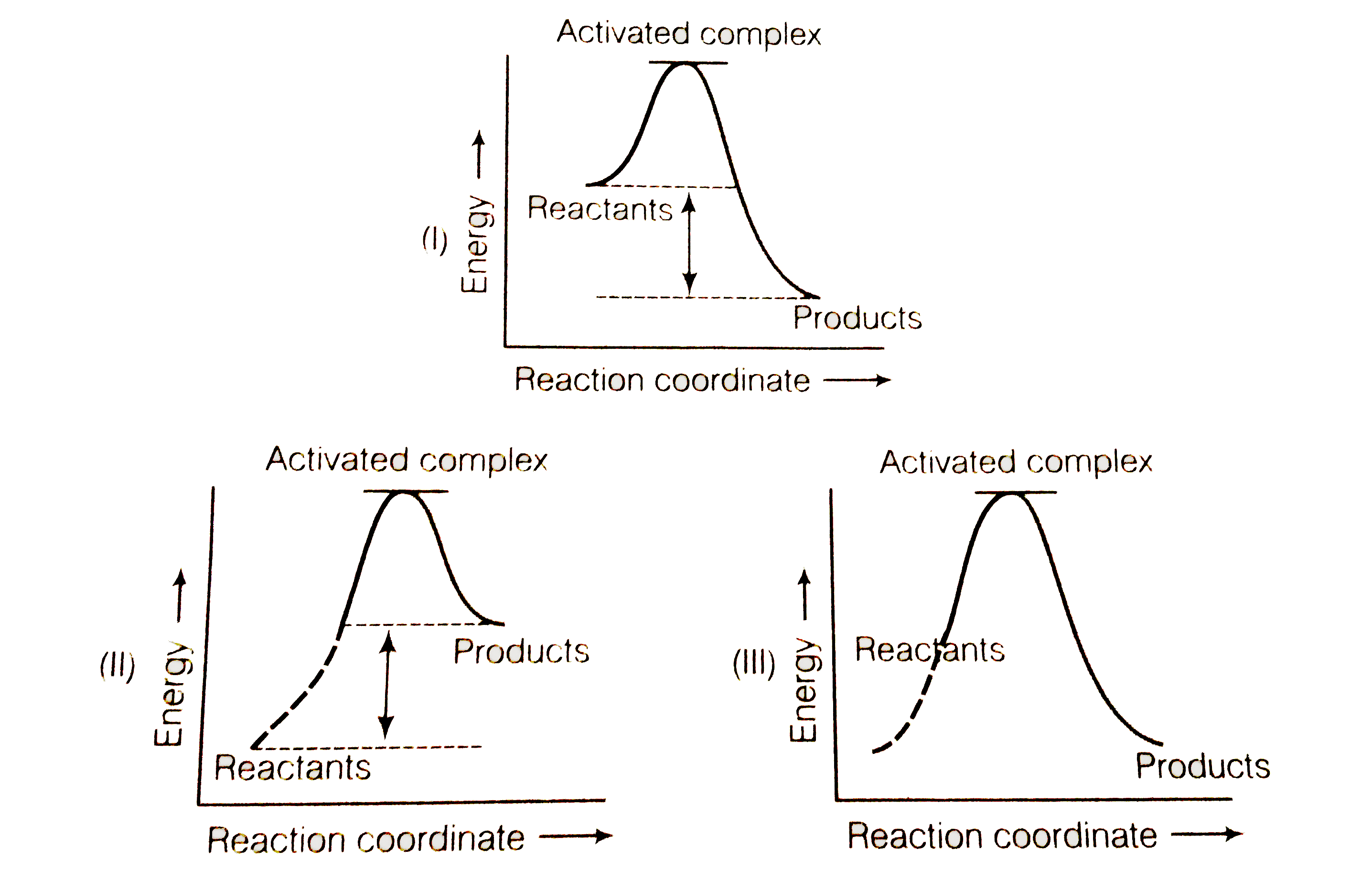Which of the following reactions represents reaction ?
The correct Answer is:A, B, C
To determine which of the given reactions represents an SN (nucleophilic substitution) reaction, we will analyze each reaction step by step.
Step 1: Identify the Reactions
We have four reactions to analyze:
1. C2H5Cl + NaSC2H5
2. C2H5Cl + NaOH
3. C2H5Cl + AgCN
4. C2H5Cl + H2
Step 2: Analyze Each Reaction
Reaction 1: C2H5Cl + NaSC2H5
- Description: Ethyl chloride (C2H5Cl) reacts with sodium ethyl mercaptide (NaSC2H5).
- Mechanism: The chloride ion (Cl-) is replaced by the ethyl mercaptide group (SC2H5).
- Conclusion: This is a nucleophilic substitution reaction (SN).
Reaction 2: C2H5Cl + NaOH
- Description: Ethyl chloride reacts with sodium hydroxide (NaOH).
- Mechanism: The hydroxyl ion (OH-) replaces the chloride ion (Cl-).
- Conclusion: This is also a nucleophilic substitution reaction (SN).
Reaction 3: C2H5Cl + AgCN
- Description: Ethyl chloride reacts with silver cyanide (AgCN).
- Mechanism: The cyanide ion (CN-) replaces the chloride ion (Cl-).
- Conclusion: This is another nucleophilic substitution reaction (SN).
Reaction 4: C2H5Cl + H2
- Description: Ethyl chloride reacts with hydrogen (H2).
- Mechanism: This reaction involves the reduction of ethyl chloride to ethane (C2H6) and hydrochloric acid (HCl).
- Conclusion: This is not a nucleophilic substitution reaction; it is a reduction reaction (hydrogenolysis).
Step 3: Final Conclusion
The reactions that represent SN reactions are:
1. C2H5Cl + NaSC2H5
2. C2H5Cl + NaOH
3. C2H5Cl + AgCN
The reaction that does not represent an SN reaction is:
4. C2H5Cl + H2
Summary
The correct options that represent SN reactions are the first three reactions.
---
We have four reactions to analyze:
1. C2H5Cl + NaSC2H5
2. C2H5Cl + NaOH
3. C2H5Cl + AgCN
4. C2H5Cl + H2
- Description: Ethyl chloride (C2H5Cl) reacts with sodium ethyl mercaptide (NaSC2H5).
- Mechanism: The chloride ion (Cl-) is replaced by the ethyl mercaptide group (SC2H5).
- Conclusion: This is a nucleophilic substitution reaction (SN).
- Description: Ethyl chloride reacts with sodium hydroxide (NaOH).
- Mechanism: The hydroxyl ion (OH-) replaces the chloride ion (Cl-).
- Conclusion: This is also a nucleophilic substitution reaction (SN).
- Description: Ethyl chloride reacts with silver cyanide (AgCN).
- Mechanism: The cyanide ion (CN-) replaces the chloride ion (Cl-).
- Conclusion: This is another nucleophilic substitution reaction (SN).
- Description: Ethyl chloride reacts with hydrogen (H2).
- Mechanism: This reaction involves the reduction of ethyl chloride to ethane (C2H6) and hydrochloric acid (HCl).
- Conclusion: This is not a nucleophilic substitution reaction; it is a reduction reaction (hydrogenolysis).
The reactions that represent SN reactions are:
1. C2H5Cl + NaSC2H5
2. C2H5Cl + NaOH
3. C2H5Cl + AgCN
4. C2H5Cl + H2
The correct options that represent SN reactions are the first three reactions.
Topper's Solved these Questions
- ORGANIC REACTION MECHANISMBOOK - CENGAGE CHEMISTRY ENGLISHCHAPTER - ORGANIC REACTION MECHANISMEXERCISE - Single correct
43 Videos
- ORGANIC REACTION MECHANISMBOOK - CENGAGE CHEMISTRY ENGLISHCHAPTER - ORGANIC REACTION MECHANISMEXERCISE - Assertion-Reasoning
12 Videos
- ORGANIC REACTION MECHANISMBOOK - CENGAGE CHEMISTRY ENGLISHCHAPTER - ORGANIC REACTION MECHANISMEXERCISE - Comprehension
35 Videos
- NCERT BASED EXERCISEBOOK - CENGAGE CHEMISTRY ENGLISHCHAPTER - NCERT BASED EXERCISEEXERCISE - Chemical Equilibrium
73 Videos
- P-BLOCK GROUP 13 - BORON FAMILYBOOK - CENGAGE CHEMISTRY ENGLISHCHAPTER - P-BLOCK GROUP 13 - BORON FAMILYEXERCISE - Exercise Archives (Subjecive)
9 Videos
Similar Questions
Knowledge Check
Which of the following reactions represents major products?
A B
B C
C D
D
Which of the following reactions represents the enthalpy of formation of water?
View SolutionWhich of the following reactions represents ΔH (hydration) :-
View SolutionWhich of the following reactions is not a redox reaction?
View SolutionWhich one of the following reactions represents water − gas shift reaction ?
View SolutionWhich of the following reaction represents the oxidising behaviour of H2SO4 :-
View SolutionWhich of the following does not represent redox reaction?
View SolutionWhich of the following graph represents exothermic reaction ?

View Solution
